Whether writing about Colorado’s historic cemeteries, hotels, mansions or, more recently, churches, Linda Wommack has followed a general rule.
“None of my books talk about any buildings that have been torn down,” she says. “You can still go see them.”
Wommack, a Littleton native, says there’s something about seeing the state’s oldest houses of worship. They are the focus of her 2019 book, “Colorado’s Historic Churches.”
To step inside them, she says, is “to step back in time.”
So she did while researching the book, covering every corner of the state — to the eastern plains north and south, to the far western mountains, to the river valleys all in between. Wommack found a common theme across the 100-plus Christian churches listed in the state Register of Historic Properties.
“It all comes back to the community. People coming to build a community, and they centered it around the church,” Wommack says. “Settling into a new country, one of the first things they did was build a church.”
Colorado’s first, still-going church is Our Lady of Guadalupe, envisioned by the Spanish settlers of the San Luis Valley. Established in 1854, it was the vision of Father Joseph Projectus Machebeuf, whom Wommack cites as inspiration for Willa Cather’s novel “Death Comes for the Archbishop.”
Wrote Cather: “Down among the Spanish, who owned nothing but a mud house and burro, he could always raise money. If they had anything at all, they gave.”
Generosity and sacrifice could explain many other churches that have stood the test of time in Colorado — and also the test of elements.
Soon after it was built, on Thanksgiving of 1870, winds howling over the mountains of Georgetown destroyed Grace Episcopal Church, which was swiftly rebuilt, Wommack writes. Later, on the heated plain home to Antelope Springs Church near Brush, a minister would remark: “Jack rabbits out here have to find a fence post for shade.”
Persistence gave rise to what Wommack calls “glorious buildings.”
“The pride that people took in building their church is just amazing,” she says. “Any of these towns you look at, nine out of 10 times, the church stands out more than any other structure.”
In Denver, upon completion in 1888, the towering steeple of Trinity Methodist church “could be seen for miles,” Wommack writes. In 1912, competition rose with the Cathedral of Immaculate Conception, complete with twin spires soaring almost 200 feet.
Before them in the capital city was Sacred Heart Catholic Church. The doors opened in 1879, giving way to some of Colorado’s elite, including the “Unsinkable” Molly Brown and Horace Tabor, both rich from the mines in Leadville.
In his poor, dying days, Tabor was known to have found solace at his holy house. As did Christopher “Kit” Carson 30 years prior, in 1868. For “comfort as well as privacy,” Wommack writes, the legendary general’s final resting place was a Fort Lyon chapel, which is memorialized today.
It was peace, too, that Denver’s Black community found at Zion Baptist Church, one of the first Black churches west of the Mississippi. Started in 1865 by 17 pioneers, the congregation today gathers at the former Calvary Baptist church at 24th Avenue and Ogden Street.
Denver also saw Colorado’s first female minister, Wommack writes. A follower of the New Thought theory — developed in the late 19th century by a mesmerist and healer — Nona Lovell Brooks arrived in the city in 1898 and went on to build the First Church of Divine Science in 1922.
The history of Colorado’s churches follows a cast of colorful characters. A favorite of Wommack’s is “snowshoe itinerant” John Lewis Dyer. The Methodist traveled to preach in Breckenridge in 1860 “with a shirt in one pocket, a Testament and hymn book in the other, bread and beef in a third,” he journaled. Wommack also chronicles the escapades of con artist Jefferson Randolph “Soapy” Smith, who reportedly raised $600 to help build Creede’s first church in 1892.
Another figure who factors in the book is Carl Howelsen, the Norwegian famed for his contributions to skiing in Steamboat Springs in the early 1900s. He was also a skilled mason, assigned to St. Paul’s Episcopal Church.
Wommack was baptized in that church. Whenever she visits Steamboat today, “it’s always on a weekend,” she says. “And on Sunday, I always go to church.”


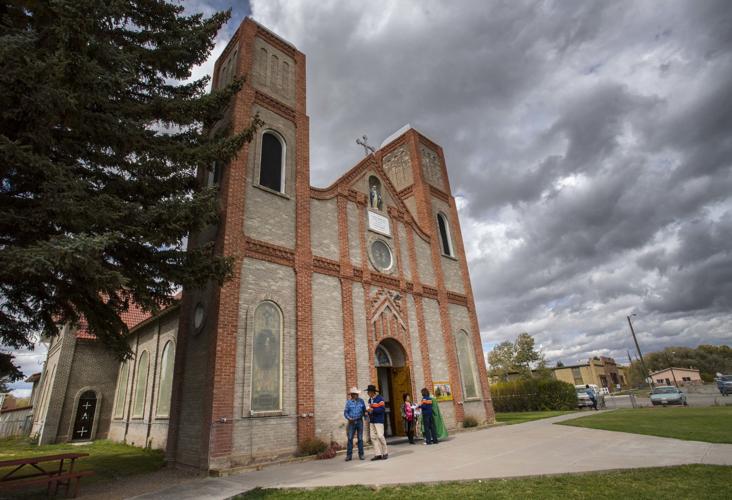

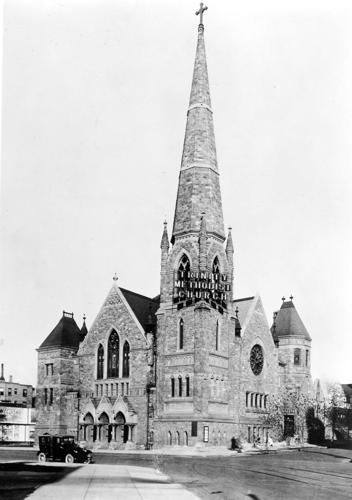
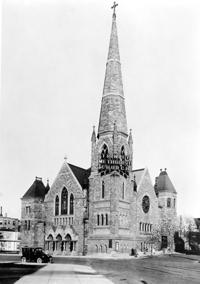

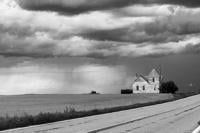
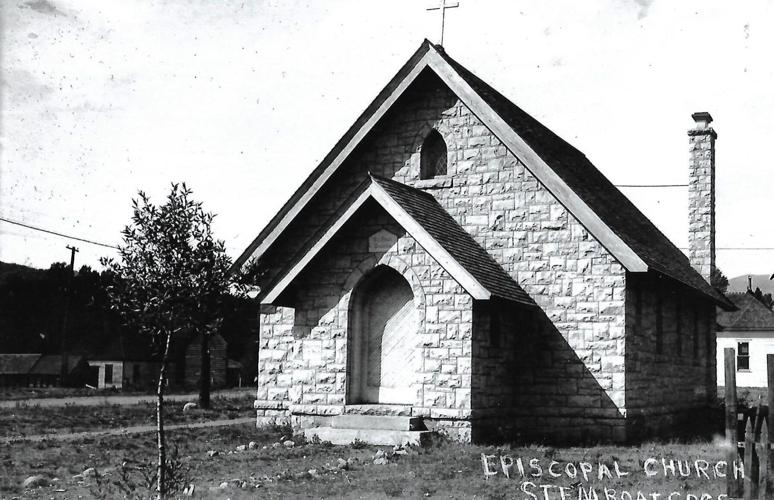
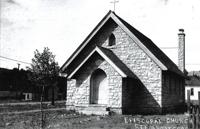


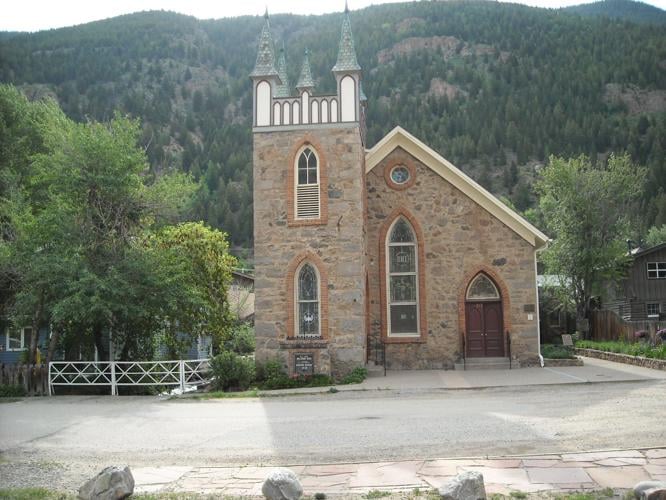
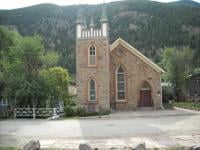


 Your Privacy Choices
Your Privacy Choices